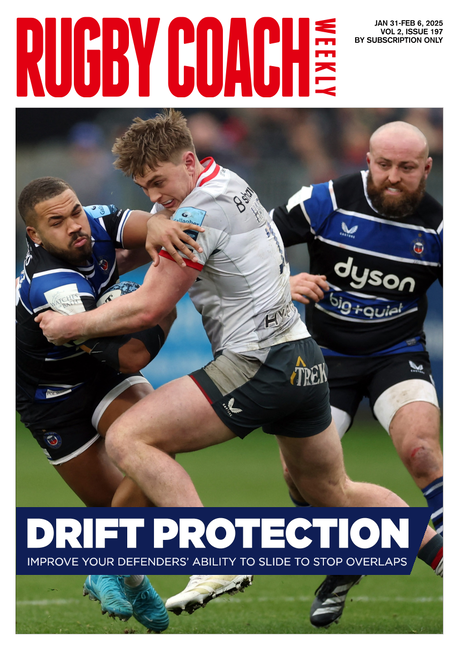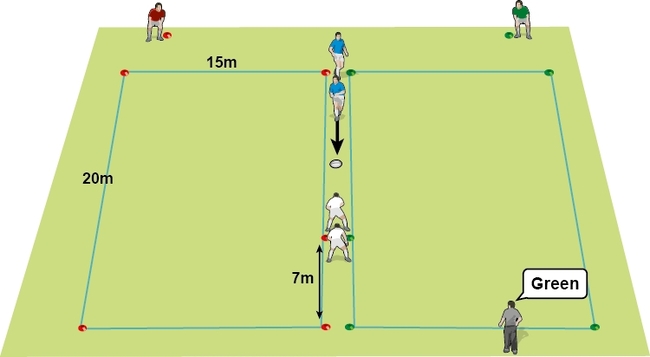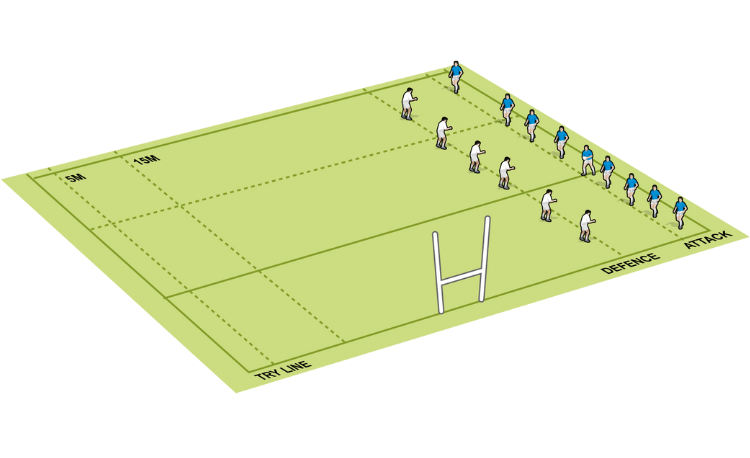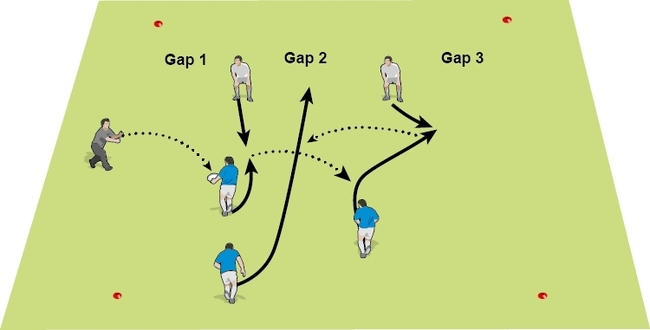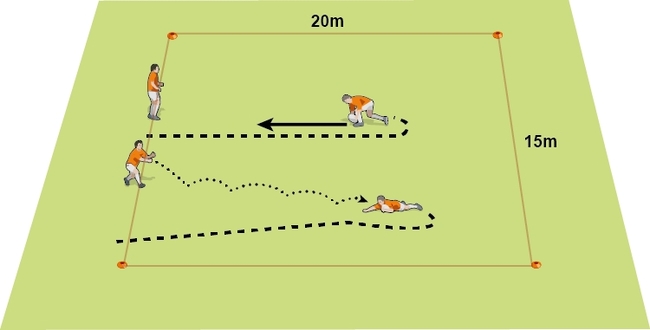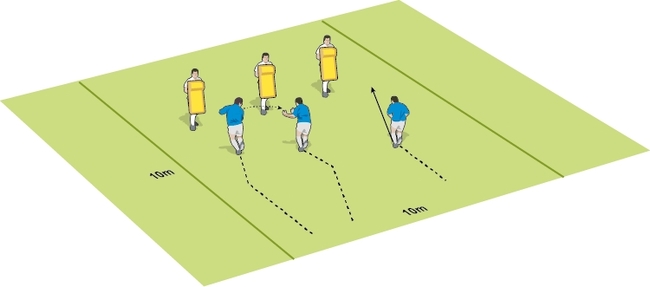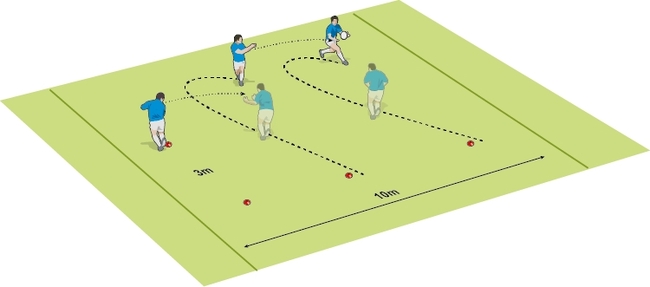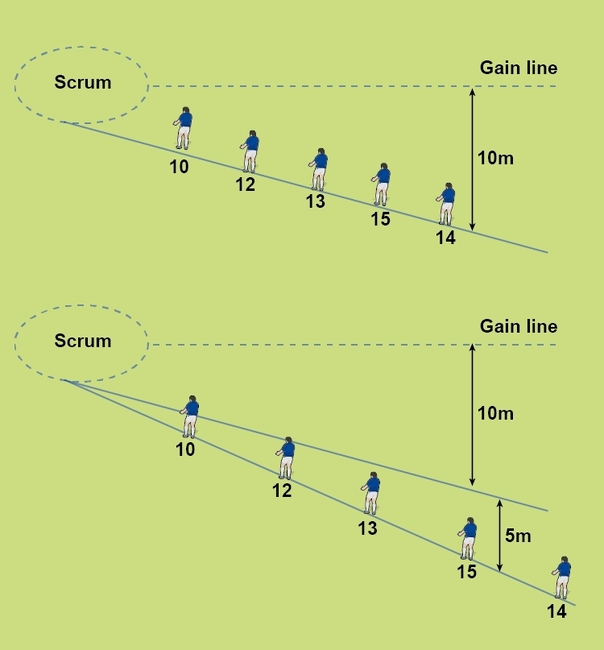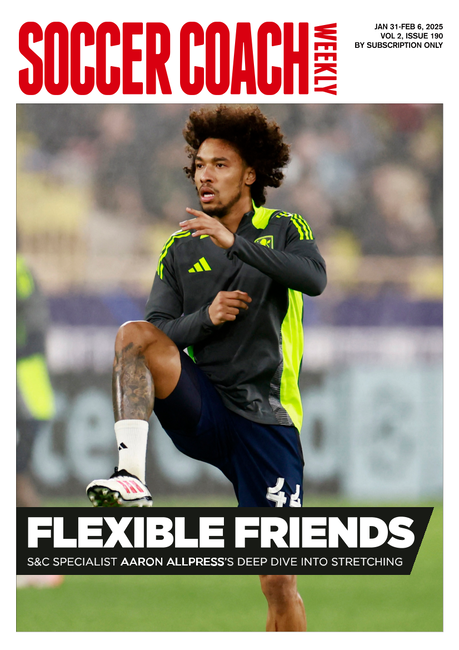Coaching session to gain confidence with the high ball
Jump off the ground
The player in the air is protected by the Laws. Nobody can interfere with him. A player in the air is also closer to the ball than a player on the ground.
Eyes on the ball
The catcher has to watch the ball all the way into the hands.
Cradle for the ball
The catcher should create a large “cradle” with the arms, hands and chest to maximise the chances of catching the ball. He should keep his elbows in so the ball doesn’t go through the bottom of the cradle.
Protect the stomach
The softer belly area is a distraction for players concerned with getting hit there. Protecting the stomach by raising the knee in front of it creates assurance. Driving the knee upwards to this position also aids the jump.
Turn sideways
Catchers should turn side-on to the ball so that, should they drop it, the ball will travel backwards, avoiding a knock-on. As confidence grows, catchers could progress to catching the ball higher in its path Aussie Rules style.
In this case, the player turns his hands outwards and up towards the ball. Though this is best only attempted in dry conditions where the sun is not shining in the catcher’s eyes.
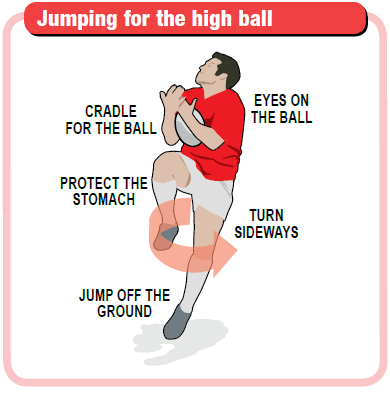
Newsletter Sign Up
Coaches Testimonials

Gerald Kearney, Downtown Las Vegas Soccer Club

Paul Butler, Florida, USA

Rick Shields, Springboro, USA

Tony Green, Pierrefonds Titans, Quebec, Canada
Subscribe Today
Be a more effective, more successful rugby coach
In a recent survey 89% of subscribers said Rugby Coach Weekly makes them more confident, 91% said Rugby Coach Weekly makes them a more effective coach and 93% said Rugby Coach Weekly makes them more inspired.
Get Weekly Inspiration
All the latest techniques and approaches
Rugby Coach Weekly offers proven and easy to use rugby drills, coaching sessions, practice plans, small-sided games, warm-ups, training tips and advice.
We've been at the cutting edge of rugby coaching since we launched in 2005, creating resources for the grassroots youth coach, following best practice from around the world and insights from the professional game.


